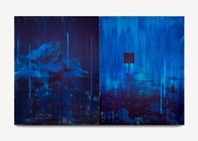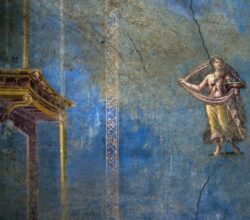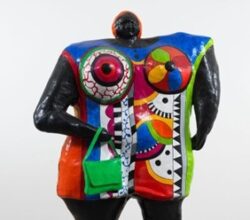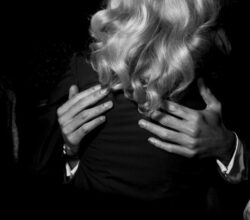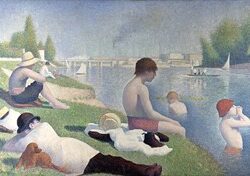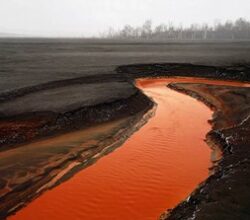
Awe and Reckoning: Edward Burtynsky’s ‘The Great Acceleration’
Samuel Abrams | aei.org | 11th August 2025
Pollution is often photographed to elicit an emotional response. Burtynsky doesn’t take that approach, instead using what he calls a “deadpan aesthetic” that avoids advocacy. He has spent decades revealing the vast production systems that underpin modern life – mines, farms, factories. “His ability to render vast, human-altered landscapes both legible and emotionally resonant sets him apart in a visually overloaded culture. Remarkable.” An interview with Burtynsky is here.

